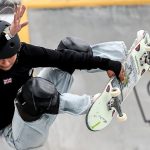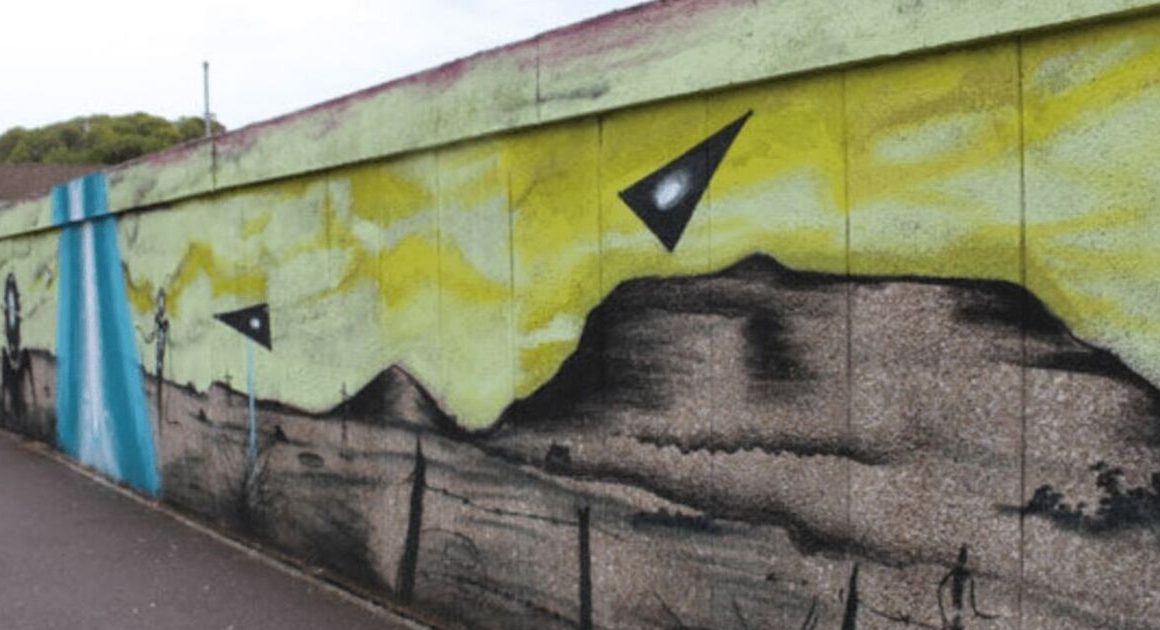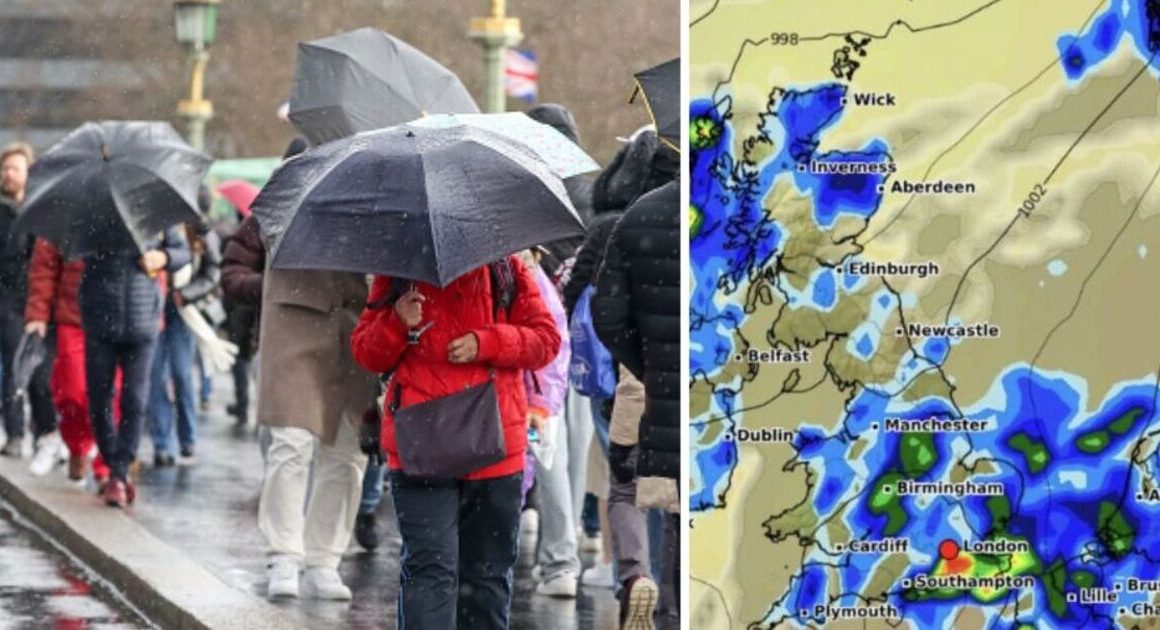The assassination attempt on Donald Trump revived a violent American tradition, in which political office-holders and campaigners have been struck down by bullets with a frequency not seen in other Western democracies.
The incident on Saturday in Butler, Pa., evoked comparisons to the fatal shootings of four U.S. presidents: Abraham Lincoln, James Garfield, William McKinley and John F. Kennedy.
Also liberally mentioned in recent days were the survivors of such shootings: Theodore Roosevelt, an ex-president running for office again in 1912, and Ronald Reagan, who was just several weeks into his first term when he was struck in March 1981.
Somewhat surprisingly, the very last shooting in a presidential campaign has received less attention. While Democratic presidential candidate George Wallace in May 1972 was not in the position of strength that Trump currently is in terms of his candidacy, both men have been viewed by critics as demagogues who ratcheted up the national political temperature with incendiary and, to some, racist language.
Wallace famously said “segregation now, segregation tomorrow, segregation forever,” and blocked two Black students trying to enter the University of Alabama in 1963 while governor.
“You knew it was probably going to happen at some point, but you pray every day that it doesn’t,” Peggy Wallace Kennedy, his daughter, told Smithsonian Magazine in 2022 of the shooting.
It might not have happened at all had Wallace’s shooter, Arthur Bremer, succeeded in doing what he originally set out to do in mid-April 1972 — gun down U.S. president Richard Nixon during a state visit to Ottawa. That’s according to a federal probe, and previous reporting from Don Sellar of the Southam newspaper chain, as well as The Canadian Press, New York Times and The Associated Press.
RCMP footage obtained by the media in 1997 shows Arthur Bremer on Parliament Hill in Ottawa during Richard Nixon’s 1972 state visit.
Vietnam War protesters blocked his view
Bremer was tackled at the Maryland shopping plaza where he shot Wallace with a .38-calibre revolver, and his life was soon dissected. Investigators found diaries kept by the 21-year-old loner from Milwaukee — later published in 1973 as The Assassin’s Diary — and his Ottawa trip entries quickly attracted attention.
News photographs were scoured, and a couple of them showed Bremer in sunglasses among the spectators. On the 25th anniversary of his visit to Ottawa, the Calgary Herald obtained RCMP video (through a freedom-of-information request) capturing Bremer on Parliament Hill and near the Centennial Flame.

Then-prime minister Pierre Trudeau asked for a report from his solicitor general, and Jean-Pierre Goyer revealed that at one point, Bremer had been about 12 feet from Nixon’s motorcade.
In his diary, Bremer cited “overly beefed-up security” and obtrusive anti-Vietnam War protesters he called “radical commies” as reasons he didn’t draw his weapon. It’s notable that Bremer, unlike several other famous shooters, had never received firearms training.
At another point, Bremer wrote, he passed the National Arts Centre as Nixon was being feted there, and mused ecstatically about a possible theatre shooting spree.
Federal security officials no doubt wanted to avoid any more embarrassment, after a 27-year-old hairdresser yelled “Long live free Hungary!” while trying to tackle Soviet diplomat Aleksei N. Kosygin as he walked with Trudeau on the Parliament grounds in October 1971.
Front Burner26:08America’s history of assassinations and political violence
Mocked border security
Bremer had entered Canada on April 10 at Port Huron, Mich., and Sarnia, Ont., having been waved through the border despite having a gun in the trunk of his car and another on his person.
“I could have taken in two submachine guns, several rounds of ammunition and 10 pygmies to carry them, as well as enough drugs for everyone and his brother,” he wrote.

A psychiatrist at Bremer’s subsequent trial for the Wallace shooting described his stalking of Nixon as meticulously planned in some ways, but incompetent in others. For example, he signed under his own name at the Lord Elgin hotel after being turned away at the Chateau Laurier due to full occupancy.
The closest Bremer got to the U.S. president was when Nixon’s vehicle shuttled him to Government House on April 13. Earlier, an RCMP agent had what was described as a “routine conversation” with Bremer when the agent noticed the Wisconsin licence plate at a Bowesville Road gas station near the motorcade route, but there was no cause to detain him.
The last attempt to assassinate a U.S. president or presidential candidate was in 1981, when Ronald Reagan was shot. Hear from reporter Lem Tucker, who witnessed that shooting and narrated video footage of the scene outside the Washington Hilton Hotel, in this video from the CBC Archives.
It is believed Bremer left Canada on April 15 via the Thousands Islands Bridge near Kingston, Ont., as he racked up a speeding ticket that day in Binghampton, N.Y. Bremer wandered across several states, and had $2 US in his possession and was living out of his 1967 AMC Rambler Rebel when he got so close to Wallace on May 15 he was able to hit the governor four times.
While Lincoln’s assassin was said to have yelled “Sic semper tyrannis” (or “thus always to tyrants”) before doing the deed, Bremer was not known to have shouted what he had planned to say, per his diary: “A penny for your thoughts!”
Intelligence agencies say violent threats against politicians have become ‘increasingly normalized,’ and threats against MPs are up by 800 per cent in the last five years. The RCMP has boosted security of party leaders in Canada.
Shooting changed Wallace
In the wake of the Trump rally shooting, there have been calls for unity and to tamp down dehumanizing language in political speech.
To some — though not all — the last 15 years of Wallace’s life were an example of reconciliation and how to build bridges. Wallace Kennedy, his daughter, believes a hospital visit from trailblazing Black congresswoman Shirley Chisholm — who was competing against him in her long-shot bid for the Democratic nomination — started his path to redemption, along with his new infirmity.

Wallace eventually apologized for his inflammatory racial politicking in an address to an Alabama chapter of Martin Luther King’s Southern Christian Leadership Conference, became a confidante of Jesse Jackson and was forgiven by John Lewis, the famed civil rights activist and congressman.
“We were wrong, and we live in a new day, and the issue now is to look forward and to make this country stronger,” Wallace said in 1983. Not long before his death at 79 in 1998, he said he forgave Bremer.
Bremer was not far from the thoughts of screenwriter Paul Schrader and director Martin Scorsese, helping to inspire Robert De Niro’s character Travis Bickle in the 1976 film Taxi Driver.
Bremer never gave an interview or spoke extensively in court. His attention in the diaries shifted between Nixon, Wallace and Democrat George McGovern as potential targets, and his motivation — beyond notoriety — has never been established.
He served two-thirds of a 53-year sentence with a clean prison record, earning early release in 2007. He was residing in a mountainous Maryland town and living a quiet life as of 2015, per a Washington Post report, and hasn’t been known to have contravened a ban on attending campaign rallies.
Now 73, he will be fully free of parole requirements sometime next year, according to previous published reports.














